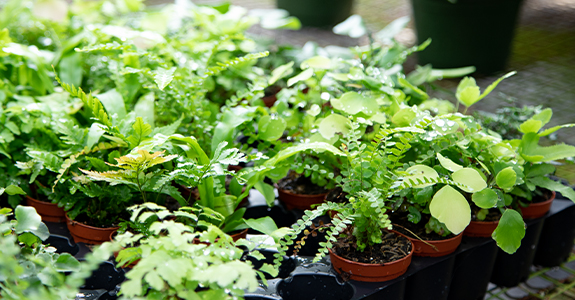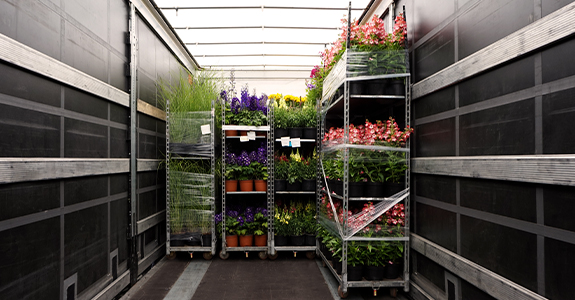Protect your horticultural business with risk-relevant insurance coverage

As a horticultural business owner, you face unique risks that can disrupt your operations. That's why it's crucial to have insurance coverage that addresses those risks and situations. Not only can a customized insurance plan help you mitigate losses, but risk-relevant coverages can help you avoid business interruptions and paying for insurance options that aren’t relevant to your company.
6 key risk areas for horticultural businesses
Which risks directly correlate to your operations? Once you identify your primary risk concerns, work with your insurance provider to select coverage options that will help provide the best protection.
We’ve identified six top risk areas facing horticultural businesses, along with corresponding insurance coverages to protect against those risks.

Take a risk-relevant insurance approach
When designing your insurance plan, conduct a comprehensive risk assessment of your business. Identify potential threats and evaluate their likelihood and impact.
Once you have coverage in place that corresponds to those risks, regularly review and update your coverage as your business evolves and risks change.
By adopting a risk-relevant insurance approach, you can significantly enhance the long-term sustainability of your horticultural business. If you'd like to review your business policy with a qualified insurance agent, contact us. We’re here to help you and your business.

Business Continuity Planning 101

Debunked: Five common myths about horticultural insurance

Tips on creating a safe and efficient delivery service
The information in this article is for informational or entertainment purposes only. View our disclaimer by going to terms and conditions and clicking on Learning Center disclaimer in the table of contents.











